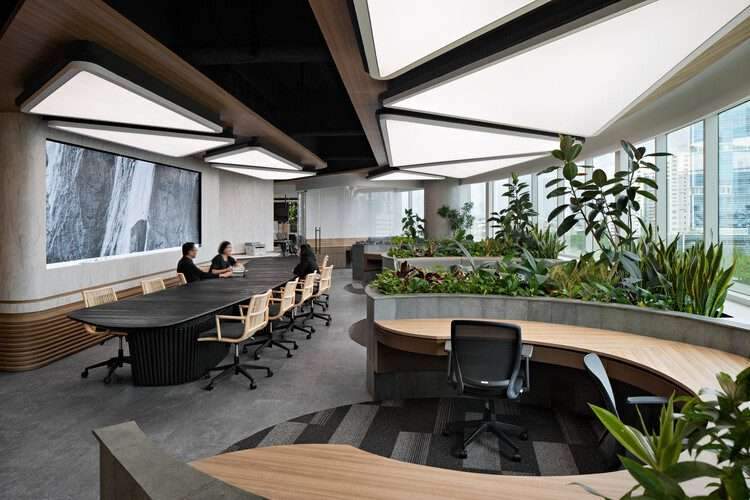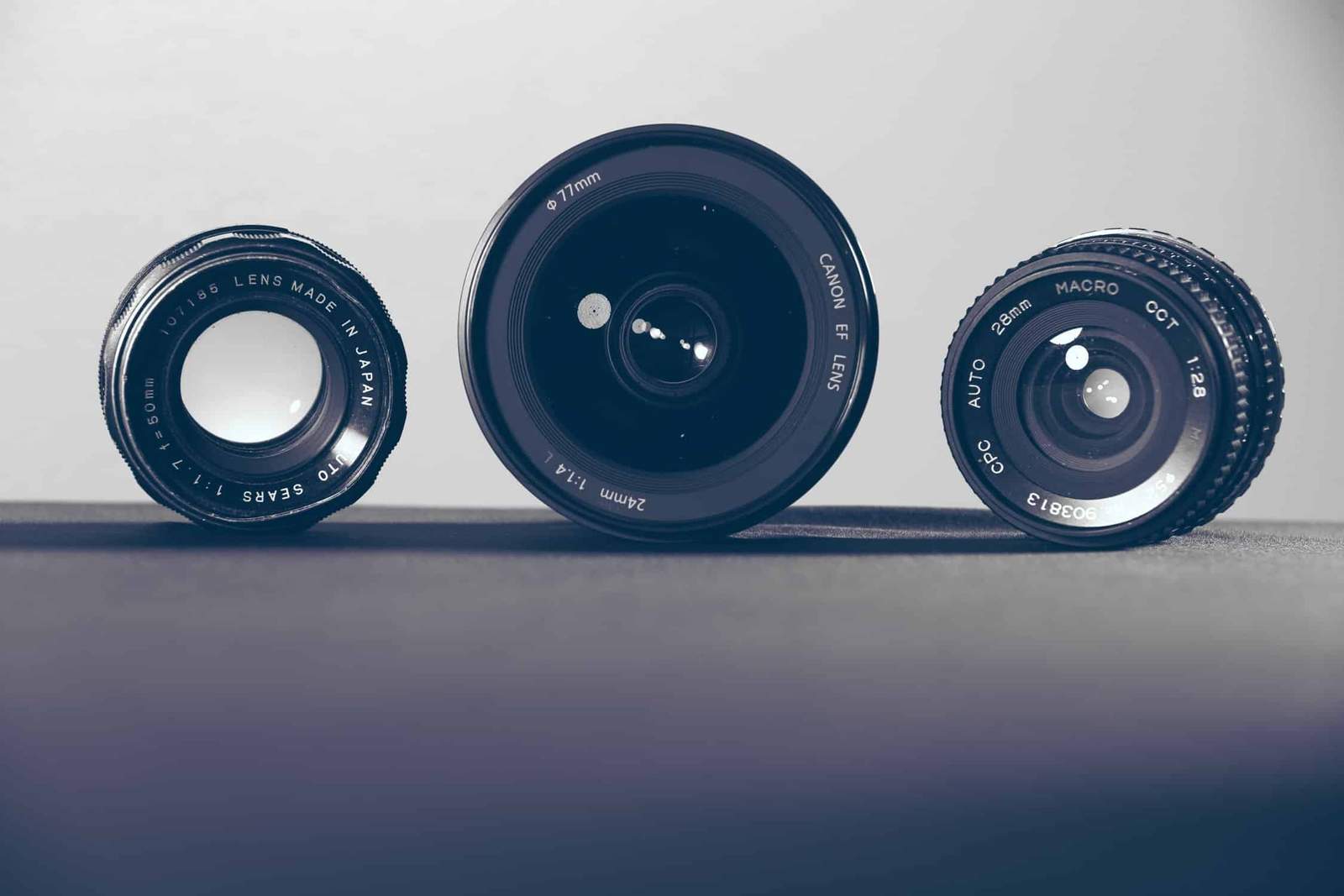First images from the 2021 Chicago Architecture Biennale,
The fourth edition of the Chicago Architecture Biennale officially opened to the public on September 17,
with the first installation images curated by designer, researcher and educator David Brown being unveiled under the theme The City Available.
Through specific interventions, the Biennale will be shown at 15 of the best sites across the city,
and will be activated through in-person and online programming until December 18, 2021.
Created by the Biennale, the Urban Design Framework proposed connecting community residents,
architects and designers to develop and create spaces that reflect the needs of communities and neighborhoods.
More than 80 contributors from more than 18 countries responded to this framework,
with site-specific architectural projects, exhibitions, and programs across eight Chicago neighborhoods and in the digital sphere.
This year’s theme was inspired by the potential of vacant lots in American cities.
Within the scope of this research David Brown has undertaken a research initiative,
which began in Houston and has taken root in Chicago.
In order to document and explore these spaces and reimagine their possibilities.
Logo “Available City”
The City Available is a continuous and multifaceted exploration of what might become of unused spaces and vacant land in the urban context.
The City Available embodies an understanding of cities as living, breathing,
constantly changing and full of potential, as the theme is inspired by the landscapes,
communities of American cities, and the improvisational structures of jazz.
It is an improvisational, community-driven urban design concept focused on exploration and potential
and underpinned by collaboration and coordination.
The Available City is an experiment in new possibilities for how space can be explored and energized,
inspired by Chicago but applicable to contexts around the world.
This research and reflection has taken many forms over the years from surveys,
drawings, models, workshops, articles, collaborations, and research initiatives,
and then has been presented in various iterations at international exhibitions.
Exploring the city’s potential has been a major focus for David Brown for over a decade,
and it was a great opportunity to explore her ideas with global and local architects,
designers, thinkers, and community leaders within the Biennale stage.
Work on it begins immediately after the opening of the biennial, as it is an open dialogue about the possibility,
and allows for the presentation of ideas, cooperation and partnerships that emerge from this forum.”
Projects of “Available City”
The projects in “Available City” bring ideas for collective spaces to life through built projects, exhibitions, articles, workshops,
and programs that revitalize neighborhood sites in ways that engage and enhance the community experience.
Site-specific architectural projects include 15 different projects commissioned for the 2021 Chicago Architecture Biennial,
installations located in public and private areas in the Chicago neighborhoods of North Laundle, Bronzeville, Woodlawn, Englewood, Pilson, and South Loop.
David Brown has engaged mission-driven community organizations and groups throughout the city,
connecting them to an architect who believes his practice is in line with the organization’s intentions to acquire space,
and to expand on the work these organizations were already doing to engage their community.
One of the projects in Bell Park consists of a central architectural installation designed to mimic the look and feel of the exploding,
bounce houses that are staples for group parties across the country.
The house was designed by Studio Barnes, in collaboration with Shawhin Roudbari and MAS Context.
The other project is an architectural-scale urban palette designed by Outpost Office on the plot of land,
which is being produced with GPS-guided robots, typically used to paint temporary sports fields.
Chicago Architecture Biennale 2021
Representing Chicago at its collaborative best, exploring ideas that resonate locally and globally,
the 2021 exhibition brings neighborhood leaders, arts and culture partners,
architecture and design professionals together in a dialogue that promises to enrich lives everywhere.
This fourth edition presents a new approach to the biennial paradigm,
moving from an exhibition format to deeper engagement with the local community
and expanding the biennial’s potential to stimulate experimentation and participation.









